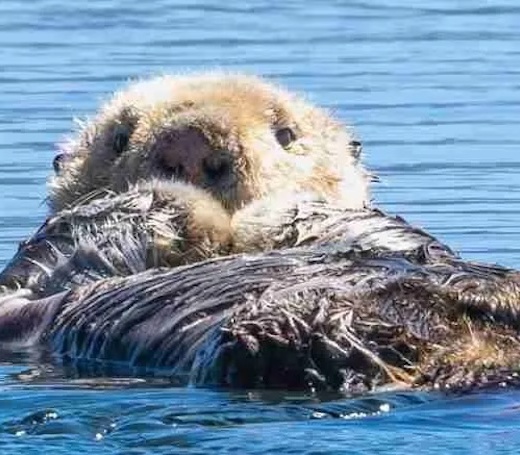Conservation
Once nearly wiped out by the fur trade, sea otters have made one of the most remarkable comebacks in wildlife conservation history. These resilient creatures have come back from the brink of extinction, but their recovery didn’t happen by accident. It happened because people like you cared enough to speak up, show up, and support the work of conservationists.
Read MoreThe ocean is home to some of the most fascinating creatures on Earth, and among the most commonly confused are sea otters, seals, and sea lions. While these three marine mammals may share coastal habitats and similar behaviors, they belong to different families and have distinct appearances, lifestyles, and roles in the ecosystem.
Read MoreWhy is biodiversity important to ecosystems? It’s the backbone of resilience. Biodiversity supports food webs, nutrient cycling, water purification, and carbon sequestration. In simple terms, ecosystems with a wide variety of life are more stable, productive, and capable of recovering from disruption. When it comes to the oceans, the stakes are especially high.
Read MoreScientists around the world are closely monitoring the future of sea otters (Enhydra lutris) to see how their populations might evolve by 2050. Sea otters have long captivated the public with their playful behavior and iconic fuzzy faces, but they serve a critical purpose beneath the waves. As a keystone species, they maintain the balance of marine ecosystems by controlling prey populations, promoting kelp forest growth, and supporting biodiversity.
Read MoreSea otters (Enhydra lutris), known for their playful demeanor and endearing appearance, are crucial members of marine ecosystems from the northern Pacific Ocean to the coast of California. These marine mammals were once hunted nearly to extinction for their dense fur. Today, researchers and conservation groups — such as the Sea Otter Foundation & Trust (SOFT).
Read MoreSea otters (Enhydra lutris), known for their playful demeanor and remarkable ability to use tools, are far more than just beloved marine icons. These keystone predators help maintain the balance of kelp forest ecosystems, making their protection a priority for conservationists worldwide. Yet, a pervasive problem continues to threaten their future: microplastics in the ocean.
Read MoreSea otters (Enhydra lutris) are fascinating creatures that play a critical role in maintaining the balance of marine ecosystems. One key aspect illustrating the importance of sea otters is understanding the diet of a sea otter. Understanding what sea otters eat, how it affects the broader environment, and why their diet matters can provide insight into their role in the ocean’s health.
Read MoreIn recent years, aquariums and zoos have become crucial players in the conservation of sea otters (Enhydra lutris), a keystone species vital to the health of coastal ecosystems. These institutions not only provide sanctuaries for rescued otters but also contribute significantly to research, public education, and conservation efforts.
Read MoreThe sea otter has long captivated humanity’s interest and appreciation. We have wanted to understand them and their behavior – from their endearing faces to their use of rocks as tools to assist in their cracking open invertebrate food sources to their influence on maintaining the health of the ocean kelp forest. Biologists have studied sea otters for over one hundred years while the general public’s interest has grown, especially in the last three decades.
Read MoreSea otters (Enhydra lutris) are the smallest marine mammals and possess a variety of adaptations that allow them to survive and thrive in the challenging environments of coastal waters. Sea otter adaptations are fascinating and essential for their survival, playing crucial roles in their ability to maintain body heat, find food, and avoid predators. In this article, we will explore the numerous sea otter behavioral adaptations and physical characteristics that make these creatures uniquely equipped for life in the ocean.
Read More









